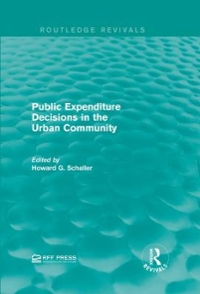Question
Question: What is the effect and outcome of minimum wage/pay in the labour market (during covid-19) all information needed you can find below) In October
Question: What is the effect and outcome of minimum wage/pay in the labour market (during covid-19) all information needed you can find below)
In October to December 2020, the rate of annual pay growth was positive 4.7% for total pay and positive 4.1% for regular pay.
Figure 7: Annual growth in total pay was 4.7% and regular pay was 4.1% in October to December 2020
Great Britain average weekly earnings annual growth rates, seasonally adjusted, January to March 2001 to October to December 2020
Source: Office for National Statistics - Monthly Wages and Salaries Survey
Download this chart
Figure 7: Annual growth in total pay was 4.7% and regular pay was 4.1% in October to December 2020
Image.csv.xls
The rate of total and regular pay growth had stood at 2.8% and 2.9% respectively in December 2019 to February 2020 immediately prior to any impact from the coronavirus (COVID-19) pandemic was seen; it then slowed sharply in April to June 2020 to negative 1.3% for total pay and negative 0.1% for regular pay before some increase between July and December. The higher percentage growth figure for total pay reflected an increase in bonus payments, because of bonus payments being postponed from earlier in the year.
In real terms, total pay is now growing at a faster rate than inflation, at positive 3.8%, and regular pay growth in real terms is also positive, at 3.3%.
Between October to December 2019 and October to December 2020, average pay growth varied by industry sector. The finance and business services sector saw the highest estimated growth in total pay, at 6.8%. All sectors saw positive growth, although construction (1.9%) and manufacturing (1.5%) had smaller growth than the other sectors. This is an improvement on the growth rates in April to June 2020, the three-month period with the biggest falls in average pay, when all these sectors except for the public sector had negative growth rates.
Although we are seeing a compositional effect, there is still an underlying pay growth that is estimated to be around 3%. This is also supported by the recent growth of aggregate pay (total amount paid across all employees), as shown by theEarnings and employment from Pay As You Earn Real Time Information (RTI), UK: February 2021data.
In December 2020, aggregated pay increased by 3.3% compared with December 2019. As noted earlier RTI data have showed a decrease in the number of employees paid via payroll, so this decrease and the increase in aggregate pay growth indicate some underlying average pay growth.
TheKPMG and REC, UK Report on Jobs (PDF, 683KB)for February 2021 indicated that recruitment consultancies found renewed downward pressure on UK pay in January. This was evidenced by a fall in starting salaries and temporary wages in January after increasing in December 2020.
Step by Step Solution
There are 3 Steps involved in it
Step: 1

Get Instant Access to Expert-Tailored Solutions
See step-by-step solutions with expert insights and AI powered tools for academic success
Step: 2

Step: 3

Ace Your Homework with AI
Get the answers you need in no time with our AI-driven, step-by-step assistance
Get Started


